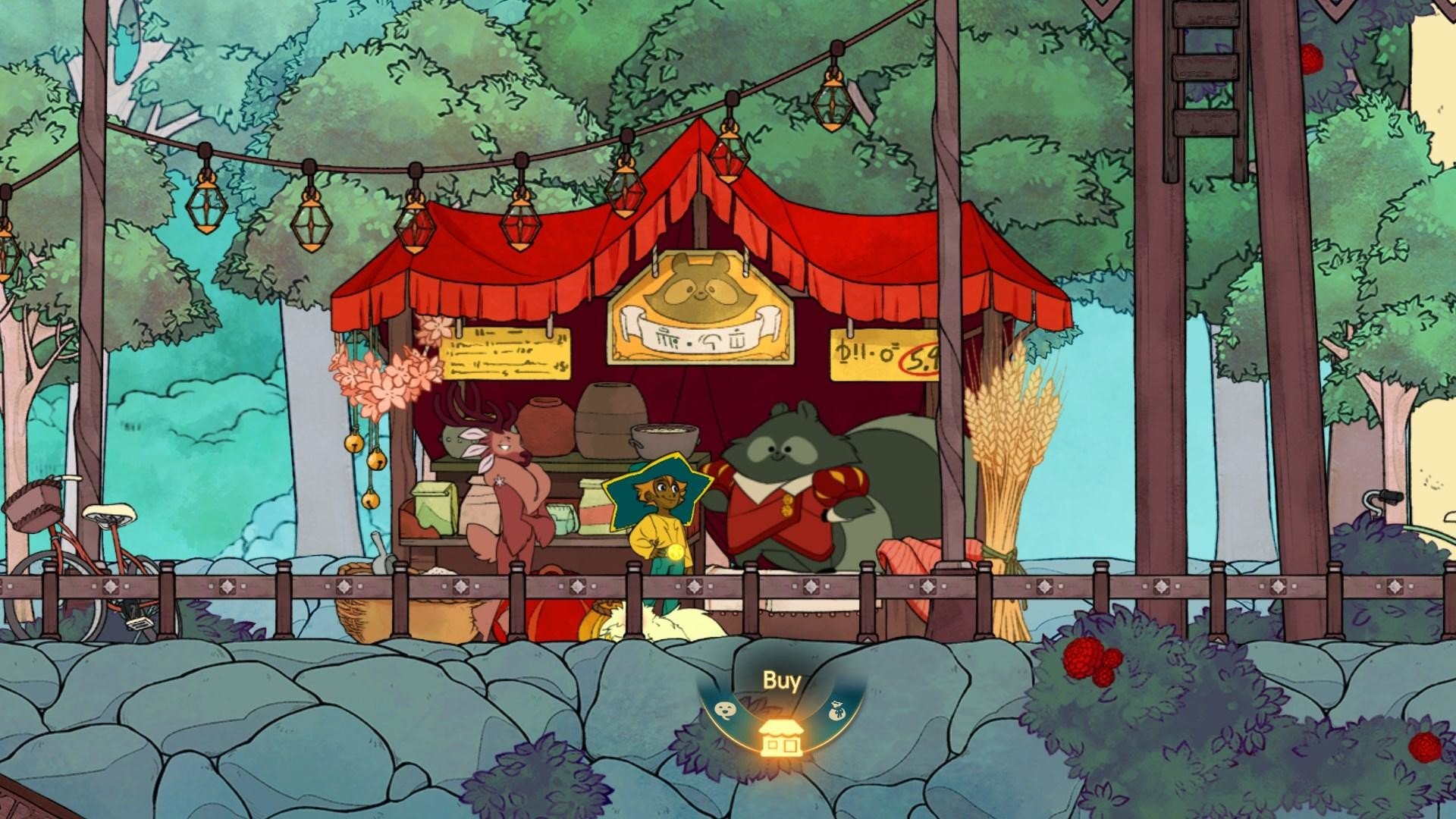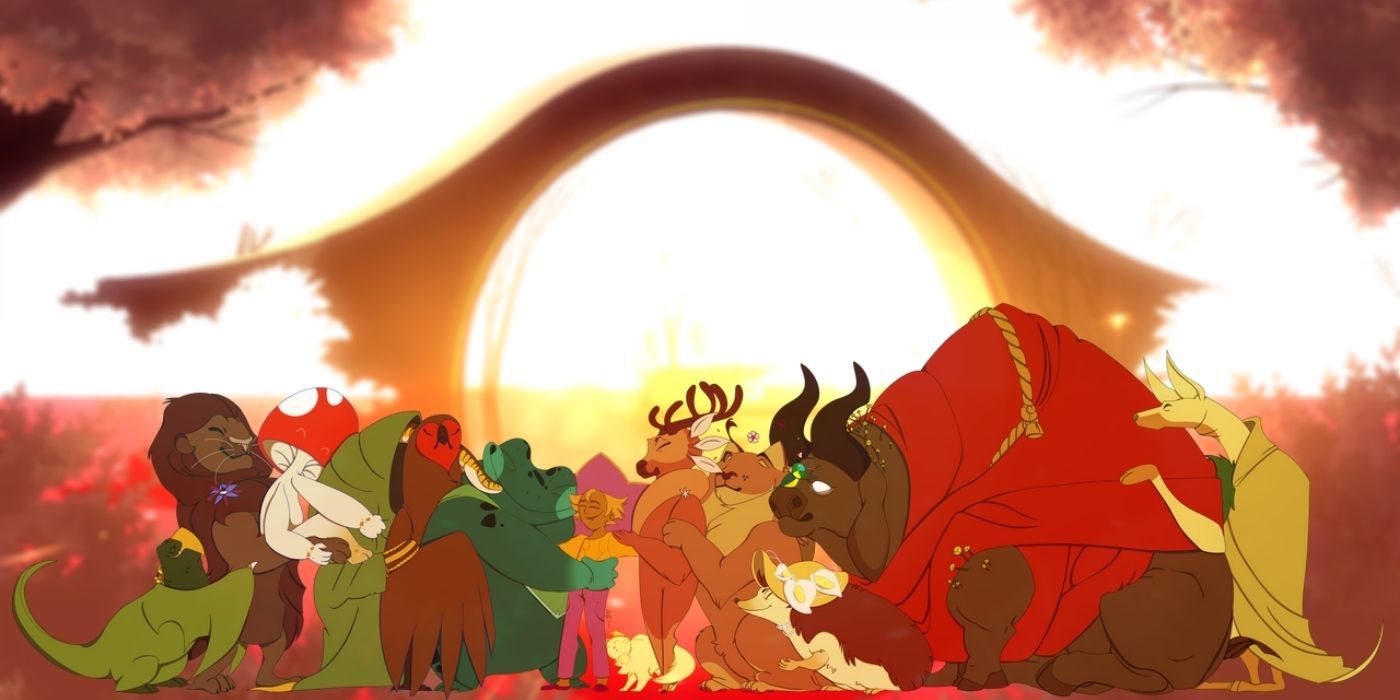

She goes on to state that Ben O’Reilly was the first 3D artist on the team, and by the time Riley joined, he’d created the whole town. Riley explains that ‘many elements of the game changed and evolved throughout the production’, but ‘there wasn’t a lot of environment concept art’, with more of a ‘style guide’ for artists to follow. Regarding the character and environment design of Wylde Flowers, we were curious whether it remained close to their original concept work, or whether it evolved over time. Iona agrees that ‘we’re starting to see some parts of the industry pushing in the right direction now’, but urges that ‘there’s always more to do’, expressing her hope that things will ‘continue to improve’.

Riley believes that ‘there’s been a recent positive shift’, suggesting that ‘we’re just at the beginning of seeing things change, and the success of games like Wylde Flowers is a great step forward’. With Wylde Flower displaying such a focus on inclusivity, we had to ask Iona and Riley about whether they think the games industry as a whole is moving in the right direction. She explains that they ‘built Wylde Flowers for people that don’t often get to see themselves represented in games’ and those that rarely get to see games ‘specifically created for them’. Leading on from this topic, Iona states that ‘inclusivity was always at the top of the list when designing Wylde Flowers’, highlighting that ‘it’s an absolutely core part of the game’. She explains that ‘all of that information, whether written into the story or visualised in the character concepts, was researched and based on real cultures, or in the case of a character like Aryel, folklore.’ To ensure they were ‘accurate and respectful’ in their representation, they also worked with cultural consultants – a thoughtful touch that acts as a testament to the thorough reverence of Studio Dryrock and the Wylde Flowers development team. Iona confirms that ‘for the characters, definitely did’, going on to elaborate that ‘every character in Wylde Flowers has an extremely detailed backstory written by narrative lead Desiree’. With the rich sense of life apparent throughout Wylde Flowers, we were curious as to whether the devs took any inspiration from real-life locations, cultures, or folklore in order to bring the environments and characters to life. She also credits the choice of colour palettes as ‘really important in creating that sense of not only harmony but warmth throughout the environment and characters’.

She goes on to say that they ‘didn’t want anything in the game to look sharp or pointy’, focusing instead on ‘rounded-off edges and friendly, chunky shapes’. One of the ways they achieved this was in their use of sanded-off edges, something Iona notes as a valuable piece of art direction from creative director Amanda. In fact, Iona confirms that ‘creating a relaxing and welcoming, friendly world was one of key goals’, and that above all, despite the mystery and adventure woven into the story, they ‘wanted a place for players to feel safe’. The main thing that makes Wylde Flowers so special is the relaxing, welcoming world it envelopes you in, and it’s clear that this was a big part of Studio Dryrock’s design process. So grab a cup of restorative moonflower tea, it’s time to dive in. We had plenty of questions for concept artist Iona Vorster and environment artist Riley Hanlin regarding the design process, how they went about creating such a magical experience, the process of building a wonderfully witchy world from the ground up, and the strive for inclusion and diversity in gaming.


 0 kommentar(er)
0 kommentar(er)
